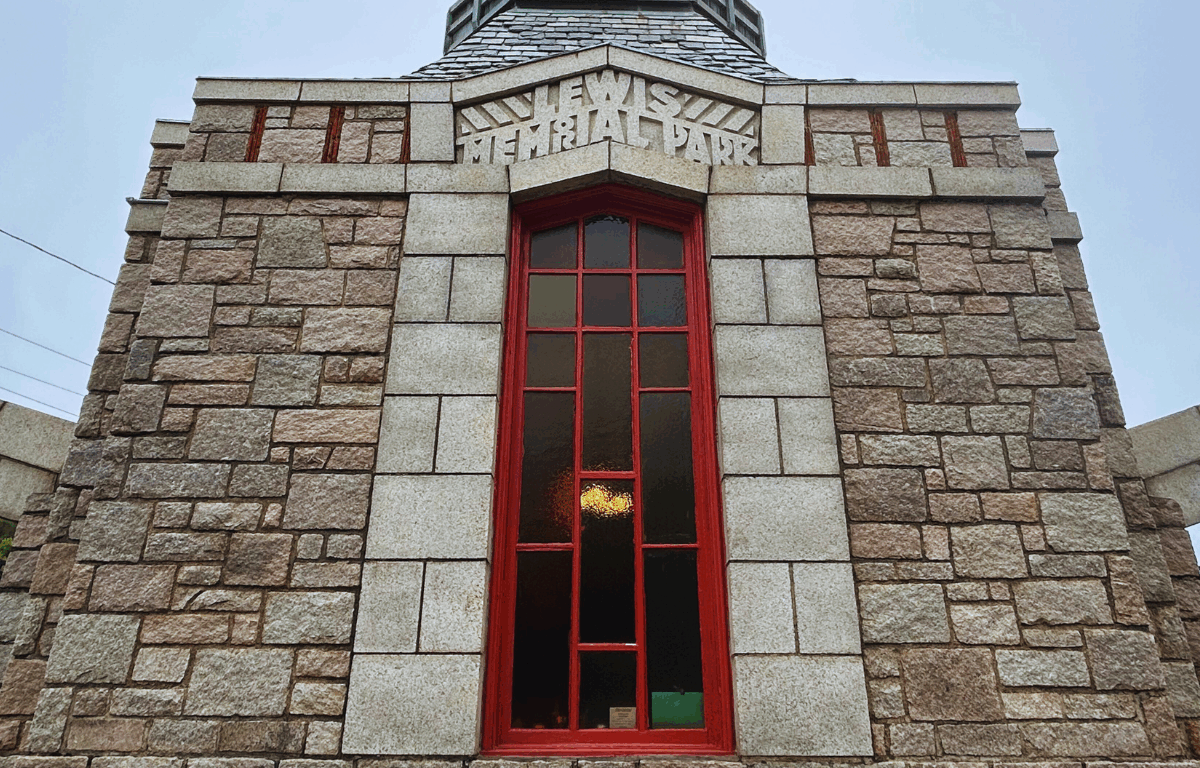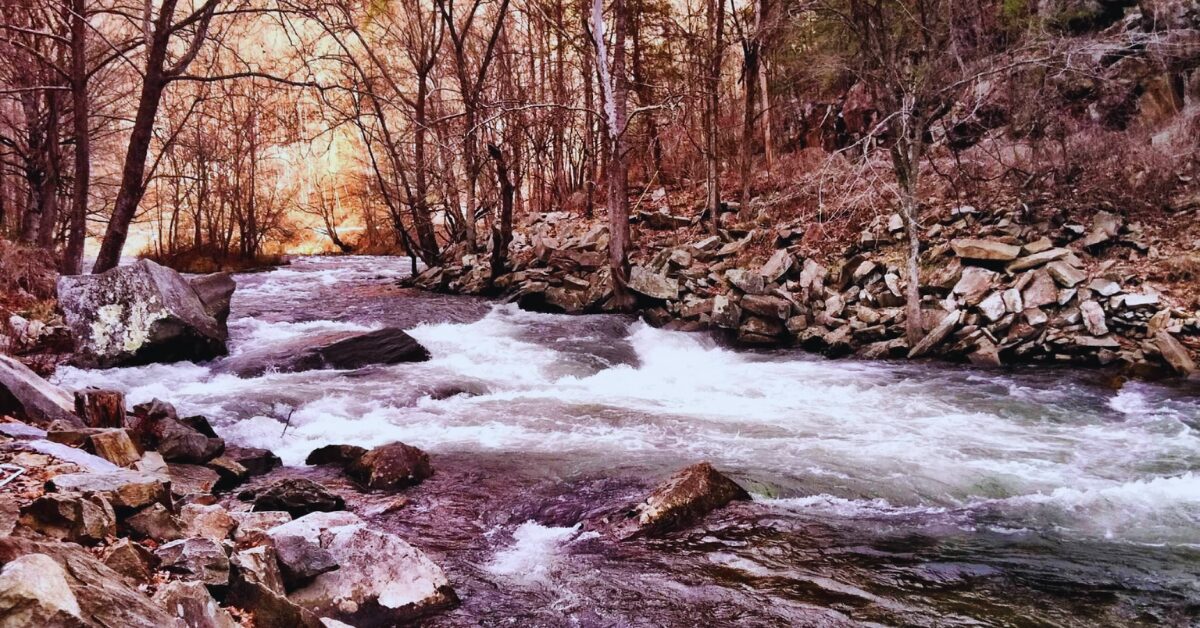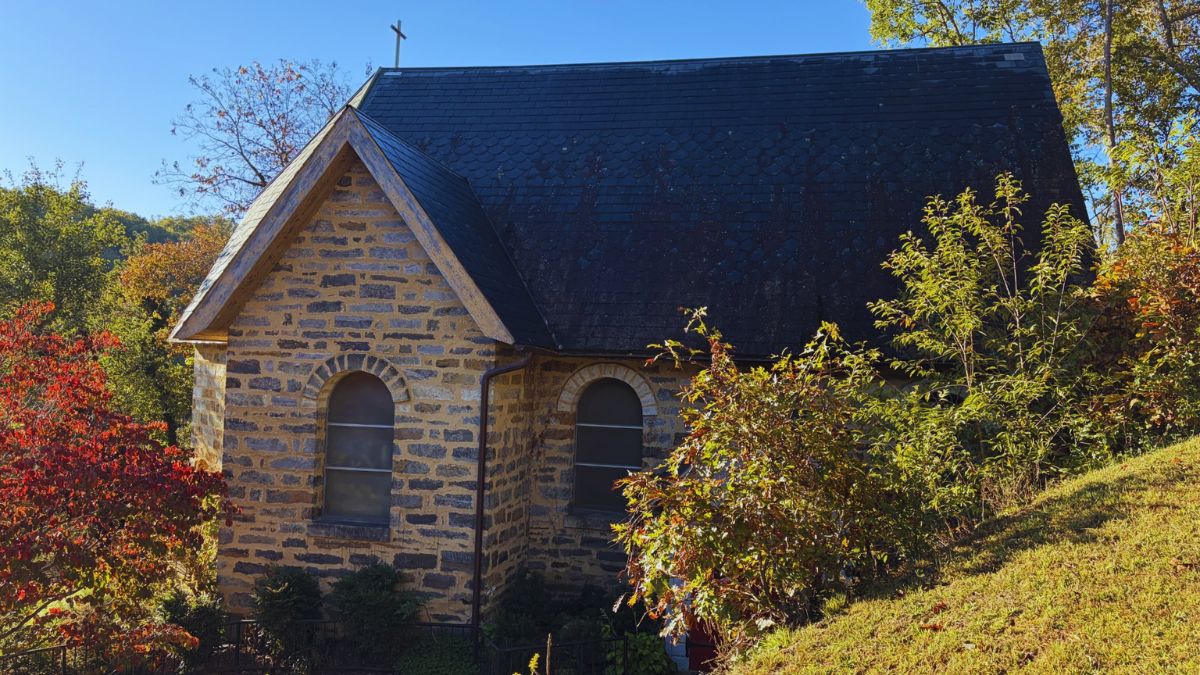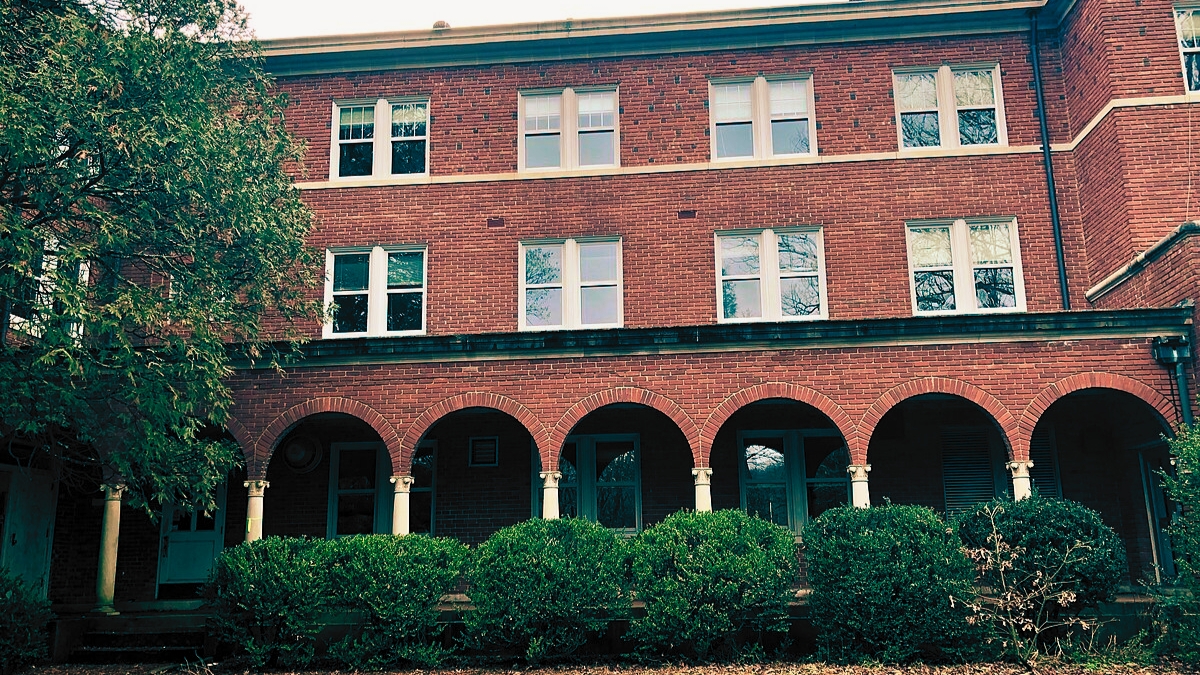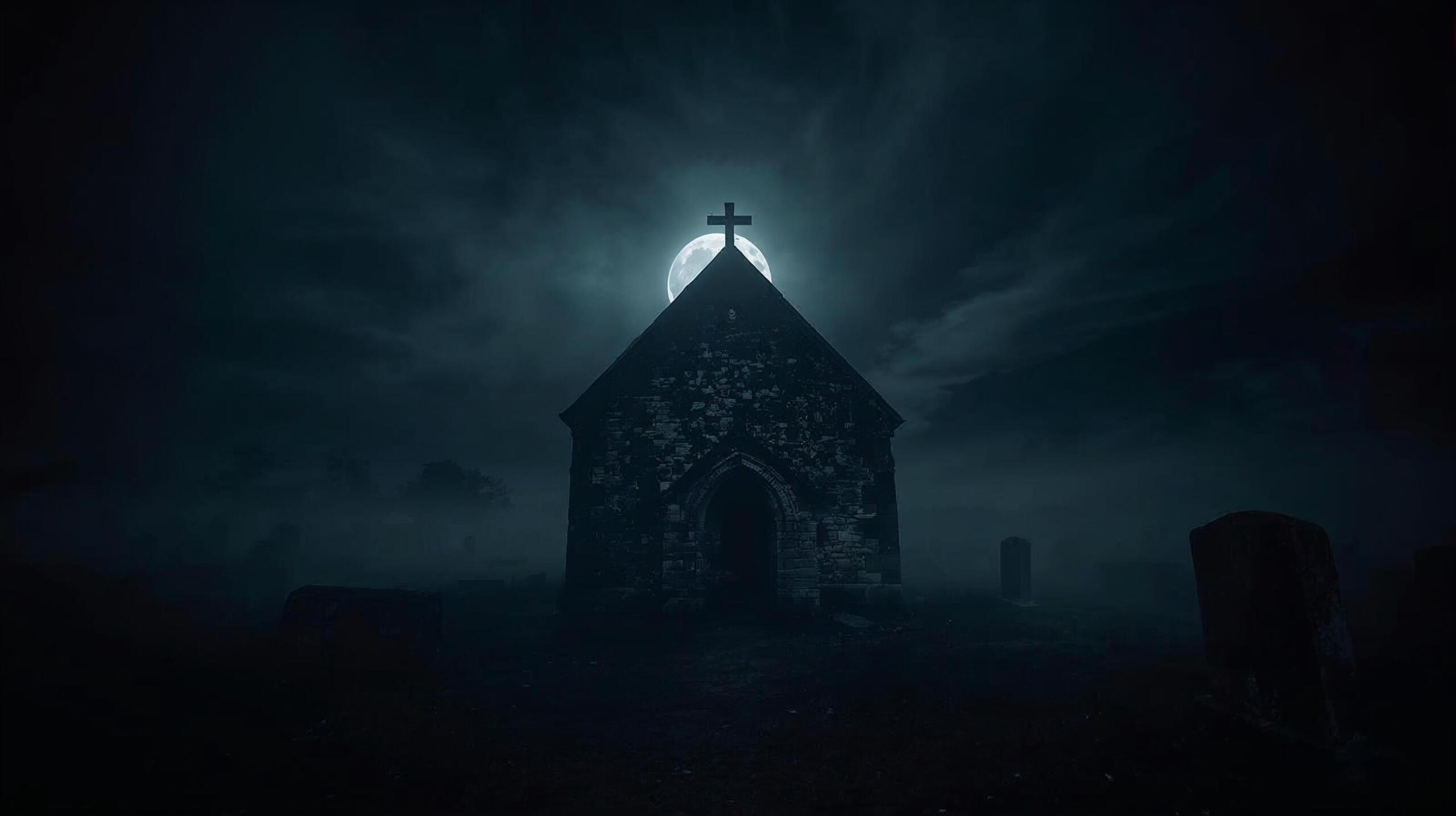EDITOR’S NOTE: Strangeville explores the legends, folklore, and unexplained history of Western North Carolina. From Cherokee mythology and Appalachian ghost stories to Bigfoot sightings and UFO encounters, the Blue Ridge Mountains have long been a hotspot for the strange and mysterious. Join us as we dig into the past and uncover the truth behind the region’s most curious tales.
ASHEVILLE, N.C. – Lewis Memorial Park may be one of Asheville’s most peaceful places, but its past is anything but quiet. Tucked into the hills of North Asheville, the cemetery’s beauty masks a complicated history and one of the city’s longest-standing ghost stories.
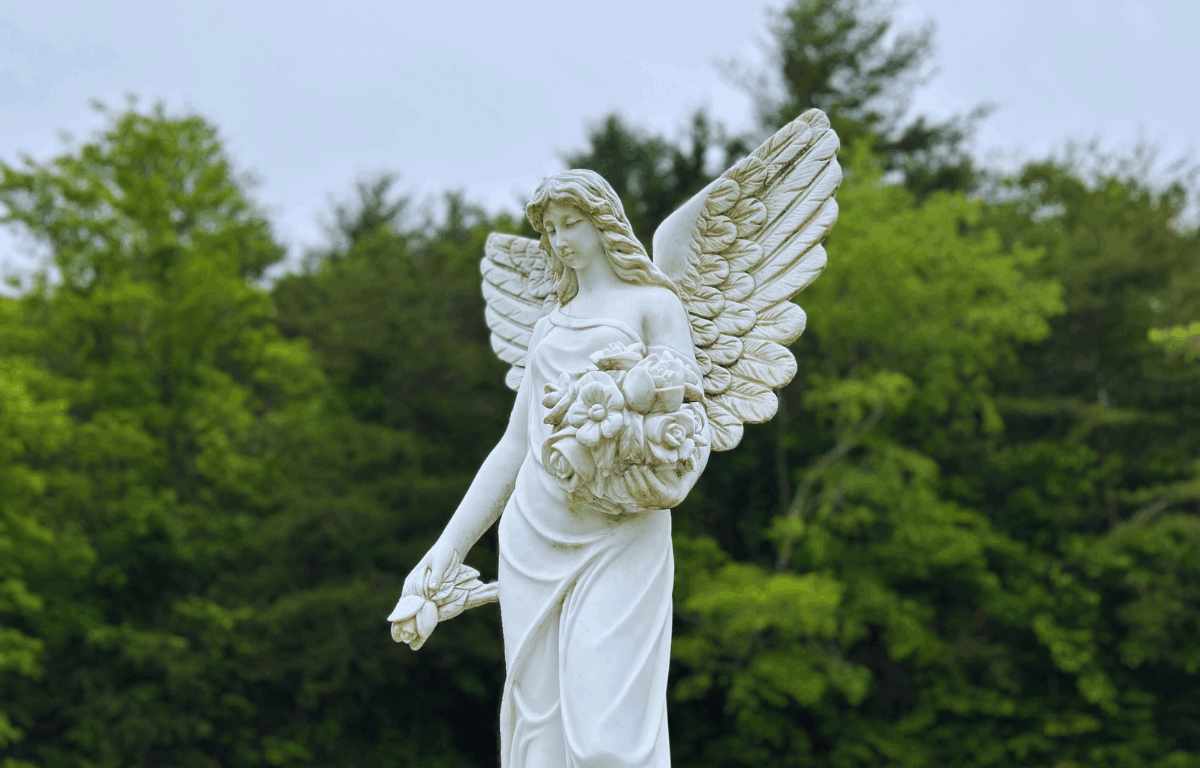
A Rider in the Mist and a Cemetery Contested
For decades, staff and late-day visitors have reported seeing something unusual: a silent figure on horseback riding through the grounds, often followed by a large, quiet dog. Witnesses describe no hoofbeats or footsteps. Only a sudden presence, then nothing at all. While no physical evidence has ever confirmed the sightings, those who claim to have seen the figures describe the experience as surreal rather than frightening.
Some believe the phantom is the spirit of Robert J. Lewis, the funeral director who founded the cemetery in 1927. At the time, the property was known as Violet Hill Memorial Park. It was later renamed in his honor. Lewis was a prominent civic leader, but not without controversy.
The announcement of plans for the cemetery led to immediate opposition from the community, including the Buncombe County Board of Health, the City of Asheville and residents of the Lake View Park neighborhood. Concerned citizens feared that water drainage from human remains would pose a health hazard to nearby creeks and springs connected to Beaver Lake.
Legal action followed. Work on the cemetery halted in July of that year while opponents sought a court order to block burials.
The legal battle escalated to the North Carolina Supreme Court. On February 13, 1929, the court ruled in Lewis’s favor, allowing the project to continue. The decision affirmed an earlier ruling by Buncombe Superior Court Judge P. A. McElroy, who declined to grant the restraining order. The high court determined that the water sources in question were not part of Asheville’s public supply, undercutting one of the plaintiffs’ main arguments.
After the ruling, Lewis moved forward with his plan for the cemetery, which included a chapel, mausoleum and more than 1,200 family plots. He invested more than $100,000 into the project, a considerable sum at the time.
The Man Who Hid His Grave
What makes the legend even more compelling is what happened after Lewis’s death in 1981. He lived to be 100 years old and left behind a specific request in his will. The location of his grave in the cemetery was not to be disclosed. Only those who knew the identity of his attorney at the time would know where to find it. His exact burial site remains unlisted in public records and absent from cemetery directories.
Some speculate that this secrecy may have been Lewis’s final statement in a long and bitter chapter of the cemetery’s history. After years of public opposition and a legal battle that reached the state’s highest court, Lewis may have chosen to keep his burial site hidden out of pride, privacy or a desire to avoid further controversy, even in death.
History Lives On
Adding to the setting is the cemetery’s original office, designed in 1927 by architect Douglas Ellington, who also designed the City Building, S&W Cafeteria, First Baptist Church and Asheville High School. The arched brickwork and octagonal roof give the site a timeless feel.
Lewis Memorial Park is now the final resting place of generations of Asheville families. Most visitors come for quiet reflection. A few leave with stories they struggle to explain.
Whether the legend of the rider in the mist is the ghost of Robert J. Lewis or something left unresolved, the mystery endures.

